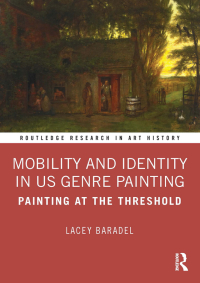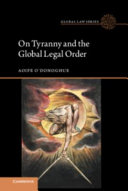Buy Mobility and Identity in US Genre Painting: Painting at the Threshold
1st Edition PDF ebook by author Lacey Baradel – published by Routledge in 2021 and save up to 80% compared to the print version of this textbook. With PDF version of this textbook, not only save you money, you can also highlight, add text, underline add post-it notes, bookmarks to pages, instantly search for the major terms or chapter titles, etc.
You can search our site for other versions of the Mobility and Identity in US Genre Painting: Painting at the Threshold
1st Edition PDF ebook. You can also search for others PDF ebooks from publisher Routledge, as well as from your favorite authors. We have thousands of online textbooks and course materials (mostly in PDF) that you can download immediately after purchase.
Note: e-textBooks do not come with access codes, CDs/DVDs, workbooks, and other supplemental items.
eBook Details:
Full title: Mobility and Identity in US Genre Painting: Painting at the Threshold
1st Edition
Edition: 1st
Copyright year: 2021
Publisher: Routledge
Author: Lacey Baradel
ISBN: 9780367810122
Format: PDF
Description of Mobility and Identity in US Genre Painting: Painting at the Threshold
1st Edition:
“This book examines the portrayal of themes of boundary crossing, itinerancy, relocation, and displacement in United States genre paintings during the second half of the long nineteenth century (c. 1860-1910). Through four diachronic case studies, the book reveals how the high-stakes politics of mobility and identity during this period informed the production and reception of works of art by Eastman Johnson (1824-1906), Enoch Wood Perry, Jr. (1831-1915), Thomas Hovenden (1840-1895), and John Sloan (1871-1951). It also complicates art history’s canonical understandings of genre painting as a category that seeks to reinforce social hierarchies and emphasize more rooted connections to place by instead privileging portrayals of social flux and geographic instability. The book will be of interest to scholars working in art history, literature, American studies, and cultural geography”–





